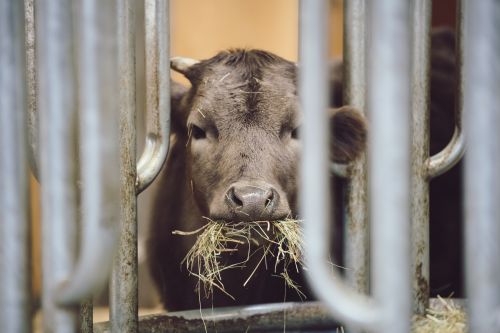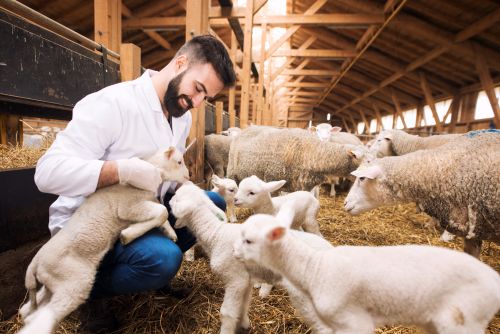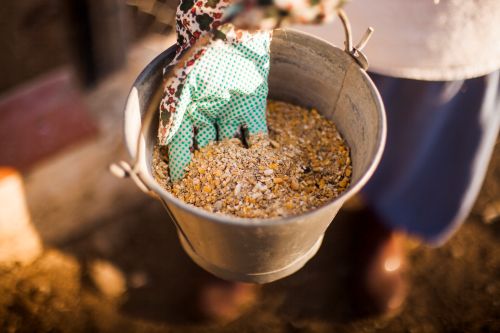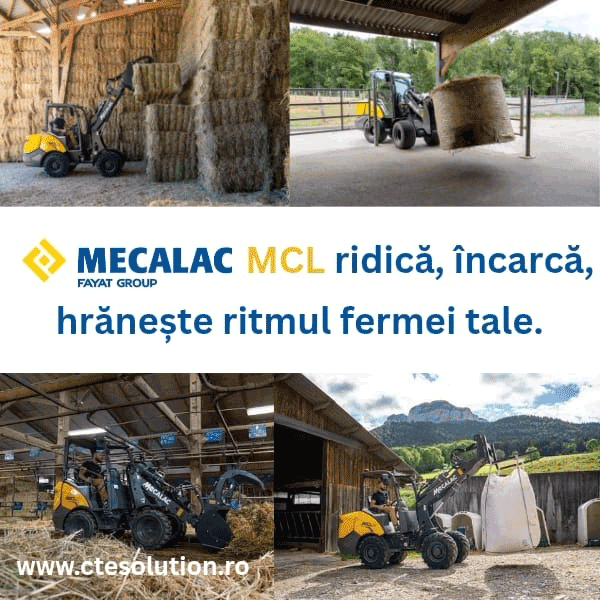644
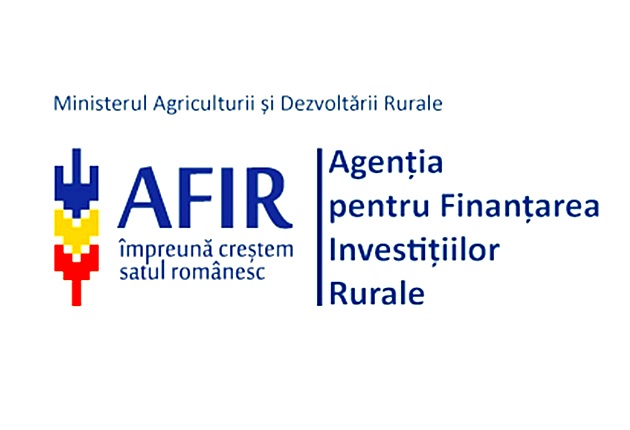
Romanian Farmers Receive Over €393 Million in Compensation for Income Losses Through AFIR
Farmers operating in areas with natural constraints or applying for environmental and climate-related interventions have received compensation payments totaling €393.1 million (€393,129,835.86) through the Agency for Financing Rural Investments (AFIR).
The funds were disbursed by AFIR to farmers who are beneficiaries of animal welfare, environmental, and climate interventions under the 2023–2027 Strategic Plan, from the launch of the program (April 2024) to date.
The total financial allocation for this type of support during the ongoing financial period amounts to €2.37 billion.
Out of the total amount disbursed by AFIR:
- €80.9 million were transferred to farmers for agri-environment and climate measures on permanent grasslands (DR-01).
- Significant payments were also made for animal welfare (DR-06), amounting to €125.6 million.
Additionally, AFIR transferred:
- €94.7 million to beneficiaries operating in areas affected by natural constraints – Mountain Areas (DR-09),
- and another €80 million for areas affected by significant natural constraints (DR-10).
Payments related to holdings in areas affected by specific natural constraints (DR-11) have so far totaled €6.9 million.
It is important to note that, during the 2023–2027 financial programming period, AFIR acts as the payment body for environmental, climate, and animal welfare interventions financed by the European Agricultural Fund for Rural Development (EAFRD). Following procedural verifications, AFIR transfers the funds directly into the beneficiaries’ accounts.
The implementation of these interventions—including the receipt and verification of payment requests—is managed by the Agency for Payments and Intervention in Agriculture (APIA).
The support provided through these interventions aims to economically compensate farmers for the disadvantages they face in carrying out agricultural activities, such as the reduced production capacity of agricultural land and the additional costs associated with maintaining farming activities in these areas.
